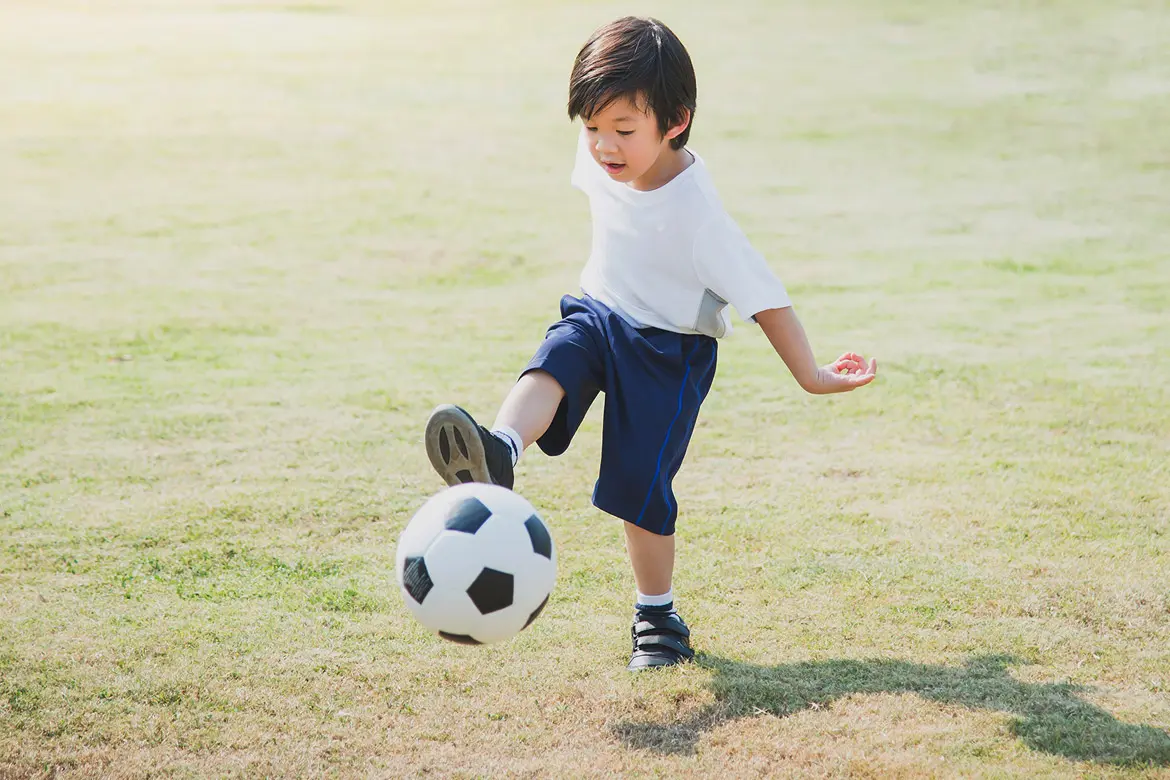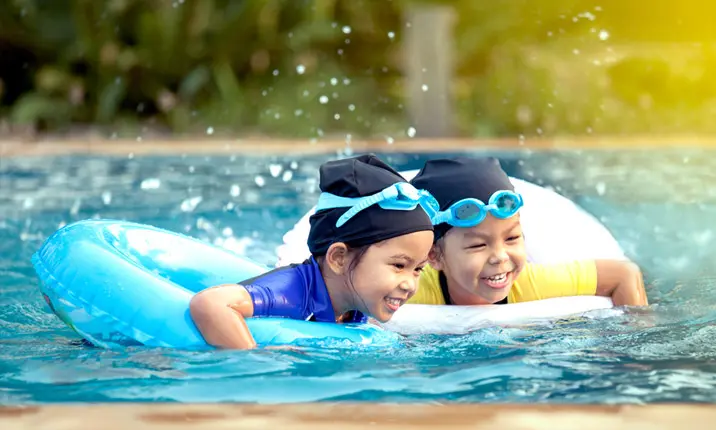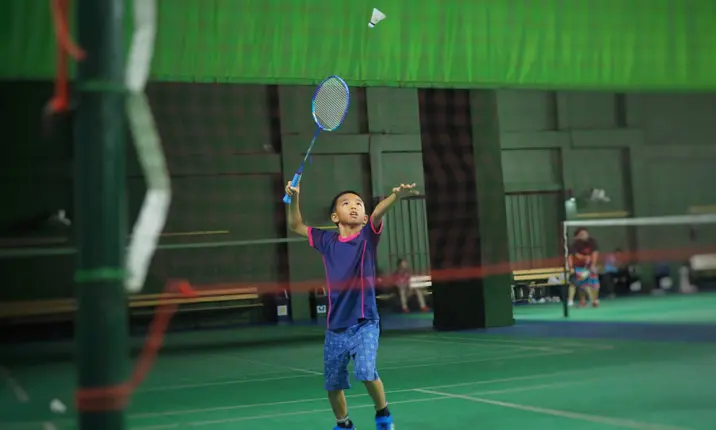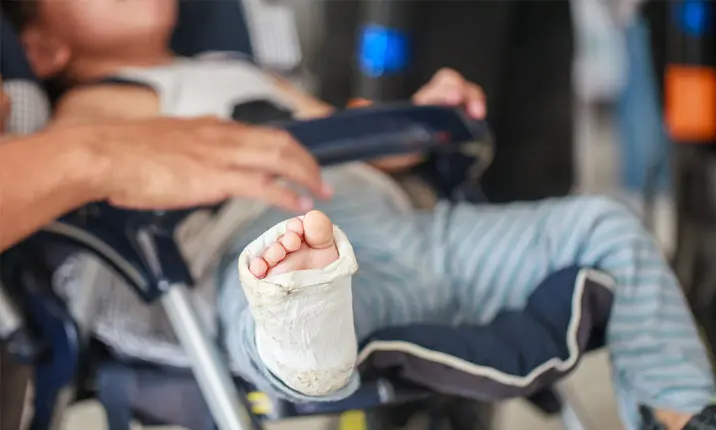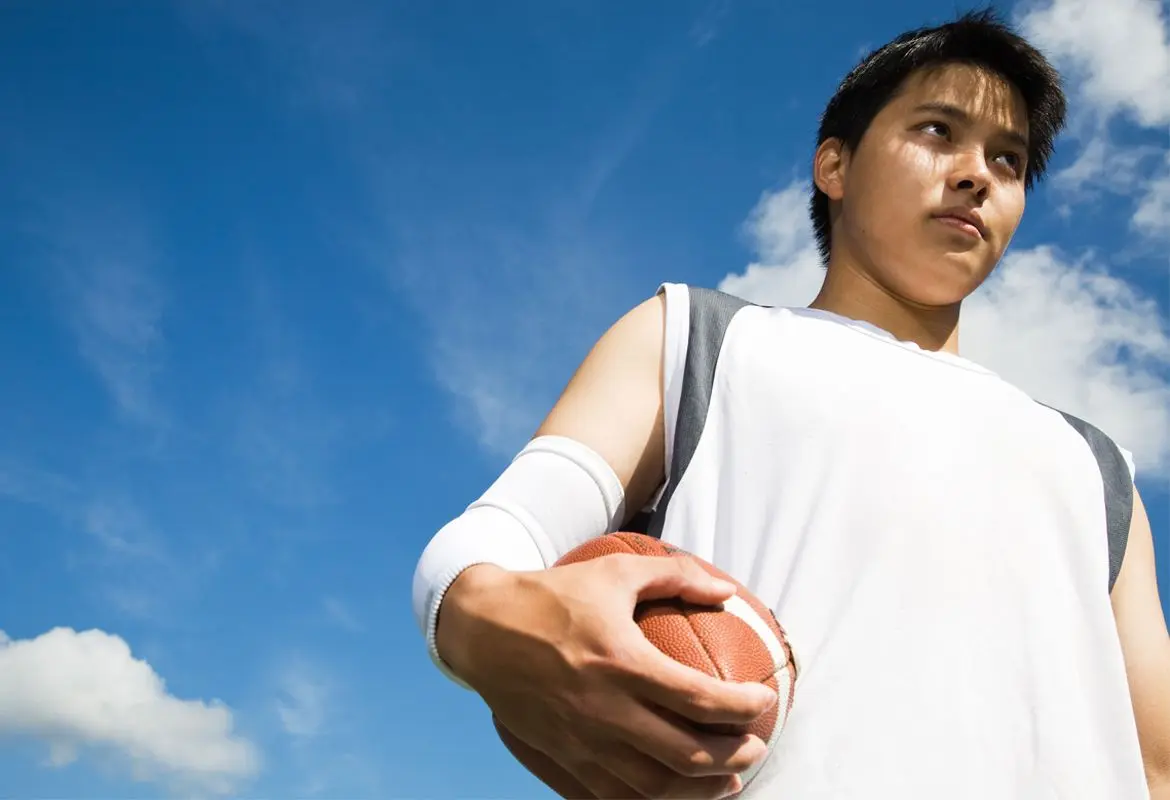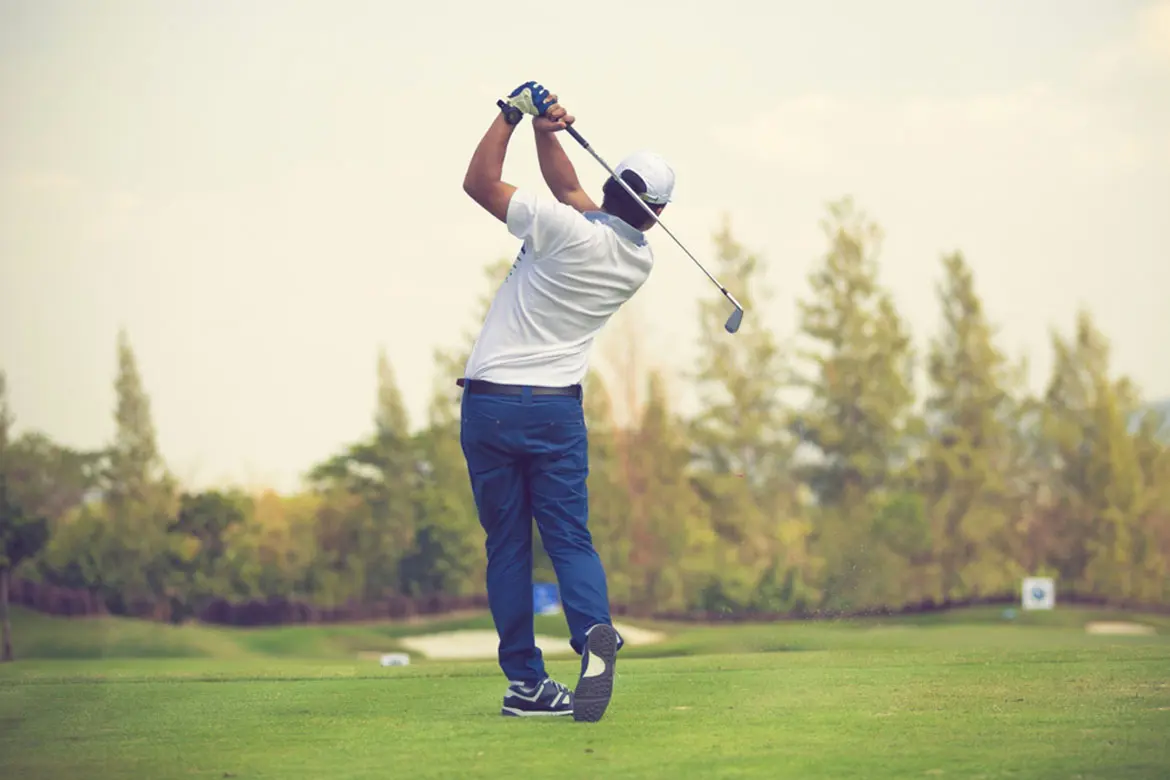Why is it important for kids to get regular exercise?
Regular exercise is important to ensure your child's growth and development stays on track. It is recommended that children between 5 – 17 years old accumulate at least 1 hour of moderate to high-intensity exercise every day. This means that the total amount of exercise a child should have in their waking hours is about 60 minutes. Additional exercise on top of the recommended amount can provide even more benefits.
There are several types of physical activity that can be included in your child's daily routine:
Types of exercise for kids
Aerobic exercises
The majority of your child's exercise routine should be comprised of aerobic or cardiovascular exercises that raise the heart rate and respiratory rate.
Regular aerobic exercise improves your cardiovascular fitness by increasing your heart's capacity to send blood (and oxygen) to the muscles. Examples of aerobic exercises include walking, swimming, soccer, skateboarding and dancing.
Weight training
When your child is old enough to obey and follow instructions, muscle-strengthening exercises and weight training can be incorporated into their exercise regime as long as the exercises are carried out in a safe and supervised manner. Weight training improves muscle strength, endurance and bones strength. With age-appropriate exercise, parents need not worry that children will not become stunted, less flexible or develop bulky muscles.
Begin with exercises that use your child's own body weight. Ensure your child's balance and posture is maintained and the exercise is completed in good form. Examples of body-weight exercises that work well for children include push-ups, wall sits, and the 'superman move'. If your child is training with weights, it is important to supervise their activity to ensure they are using the proper form. If you notice any change in their form or the way they usually move, this may mean the weights are too heavy for them, and you should consider reducing the weights used. A comfortable weight will allow a child to perform 15 repetitions, while preserving form.
Weight training is not recommended for children below the age of 8.
Muscle-balancing workout
If your child takes up a sport, such as badminton, that causes them to use one arm or one side of their body more, they might develop muscle imbalance. A well-balanced training programme involving muscles from both sides of the body could prevent this.
Include bilateral exercises in your child's exercise regime, where both sides of the body are activated at the same time. Training should also cover different planes of motion, with forwards, backwards and sideways movements. Components of a well-designed training programme should also include flexibility, core strength, balance, muscle strength and endurance.
Remember that muscle imbalances in children do not usually cause injuries. Warming up properly with dynamic stretching and some light jogging and movement before each training session will help lower any risk. Some examples of bilateral exercises include push-ups, lateral arm raises and shoulder presses.
Benefits of exercise for kids
Exercise has been shown to help children:
- Build stronger bones and muscles
- Maintain a healthy body weight
- Reduce the risk for diabetes and obesity
- Build confidence and self-esteem
- Improve cognitive skills such as memory and concentration
- Manage anxiety and depression
- Promote better sleep
How to treat an exercise injury in kids
Children are more resilient than they are often given credit for. You can't protect them from every fall and scrape, and you shouldn't. It's all part of every active child's growth process.
Falls and collisions are the most common injuries in children and the best thing to do is immediately apply the RICE principle. Rest, ice the affected area, apply compression (such as a bandage wrap) and elevate the injured area. This technique helps to relieve pain and reduce swelling.
If you want to find out more about injury prevention for kids, read about preventing sport injuries in children here.
Although it's important not to worry excessively every time your child has a bump or bruise, in some instances, you will need to consult a doctor. A special concern in growing children is that their bones have growth plates, which is a band of softer cartilage between the end of the bone (the epiphysis) and the middle shaft (the diaphysis). Cartilage is weaker than bone, so it is common to see fractures in this area. Usually these fractures heal relatively quickly, often within 3 – 6 weeks, but immediate treatment is critical, and fracture fragments that are displaced need to be realigned.
If your child is injured and you are concerned it might be a fracture, see a doctor or go to an Urgent Care Centre (UCC) immediately.
Moderate exercise routines for kids
It is important to moderate your child's exercise routine so they stay healthy while keeping fit. It's also important to make sure that your child is getting exercise that is appropriate to their age and developmental stage, to prevent injury.
Younger children are more likely to enjoy short bursts of varied activities throughout the day, with rest periods in between. For older, school-aged children, more structured activities which includes moderate weight-bearing in order to build bone and muscle strength.
Overall, while studies have shown that children as young as 8 – 11 years old are capable of endurance training, it is recommended they do not go for more than 3 running or high-impact endurance sessions a week. Excessive mileage or long-term overly-intensive training can affect the female hormone cycle. Excessive mileage can also risk muscular and bone injuries in boys and girls.
Although regular exercise is an important part of your child's routine, make sure they have at least 1 rest day per week. If your child is excelling in a specific sport or activity, make sure their training is appropriate to their age, and not at a level that risks injury. A balanced diet and a healthy family environment will also ensure your child avoids injury and illness where possible.
